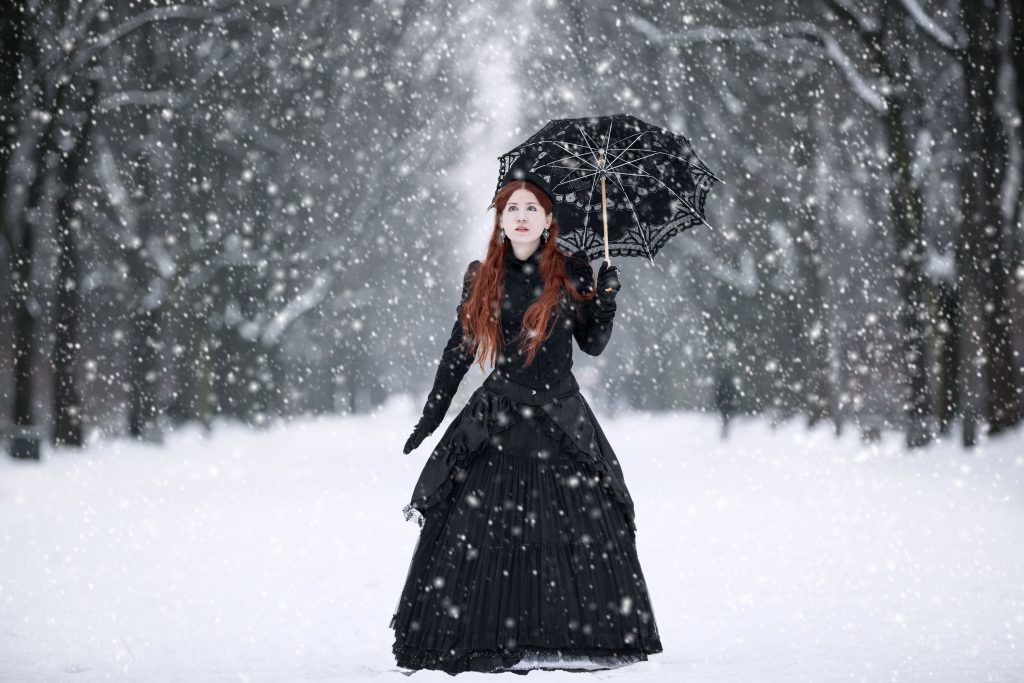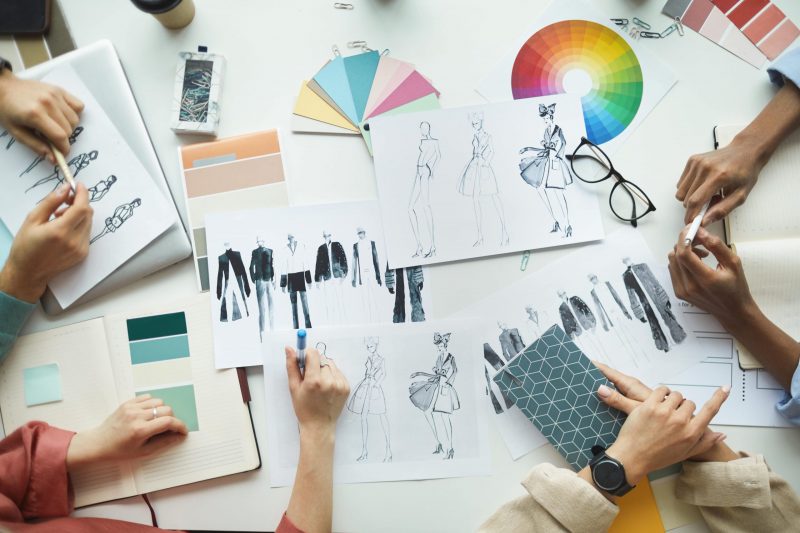Fashion has been around since the beginning of time – it is an ever-changing concept and has been used to express identity, beliefs, and status throughout history. From the fabrics and colours used to the silhouettes and accessories, fashion has evolved over the years, reflecting the values and culture of the era. In this post, we will go through a quick explanation of the history of European fashion from early times to the modern era, but a wide range of cultures, locations and time periods will be explored eventually on this blog.
Early Fashion
The earliest cultures used clothing as a form of protection from the elements, such as wind and cold. This clothing was usually made from animal skins, such as sheepskin, and was often decorated with beads, feathers, and leather. As time progressed, fabrics such as linen, wool, and silk were used to create clothing that was a reflection of status and power. Clothing during this period was often tailored and fitted to show off the body.
Renaissance
During the Renaissance, clothes became more elaborate and luxurious, with the wealthy often wearing fabrics such as brocade and velvet. Women wore intricately embroidered gowns with lace and ruffles, while men wore doublets, hose, and breeches. Accessories included gloves, hats, and masks, and shoes were often made of leather and decorated with jewels.
18th Century
The 18th century saw a shift, with the introduction of lighter fabrics such as cottons and muslins. Women’s fashion was more casual, with an emphasis on comfort. They wore flowing gowns and skirts, often with a corset to emphasise the waist. Men’s clothing was more structured and tailored, with breeches, waistcoats, and jackets. Accessories included wigs, hats, and shoes.
Victorian Fashion
By the Victorian era, clothes had become more structured and feminine. Women wore full skirts, corsets, and bonnets, while men wore suits with high-collared shirts and top hats. Accessories included parasols and fans, and shoes were often made of leather or fabric.

1920s
The roaring twenties saw a major shift, with the introduction of modern silhouettes and fabrics such as chiffon and satin. Women’s fashion was characterised by shorter skirts and dresses, while men’s was more relaxed with trousers and jackets. Accessories included hats and gloves, and shoes were often made of leather.
1950s
The 1950s saw a return to more feminine styles, with an emphasis on dresses and skirts. Women wore fitted bodices and full skirts, while men wore suits with narrow lapels and tapered trousers. Accessories included hats and handbags, and shoes were often made of leather.
1980s
The 1980s was a time of excess and extravagance, with bright colours and exaggerated silhouettes. Women’s fashion was characterised by tight skirts and dresses, while men’s fashion was more relaxed with polo shirts and jeans. Accessories included oversized glasses and earrings, and shoes were often made of leather or canvas.
Modern Fashion
Today’s fashion is largely influenced by the trends of the past. Fashion is more accessible than ever, with a variety of styles to choose from. Women’s clothes are often characterised by bold colours and prints, while men’s clothes are more laid-back with shirts, jeans, and sneakers. Accessories include scarves, bags, and sunglasses, and shoes are often made of leather or canvas.
Fashion is an ever-changing concept that has been used to express identity and beliefs throughout history. From early times to the modern era, fashion has seen a variety of trends and styles, reflecting the values of each era. Whether you’re looking for something traditional or modern, there is something for everyone.


